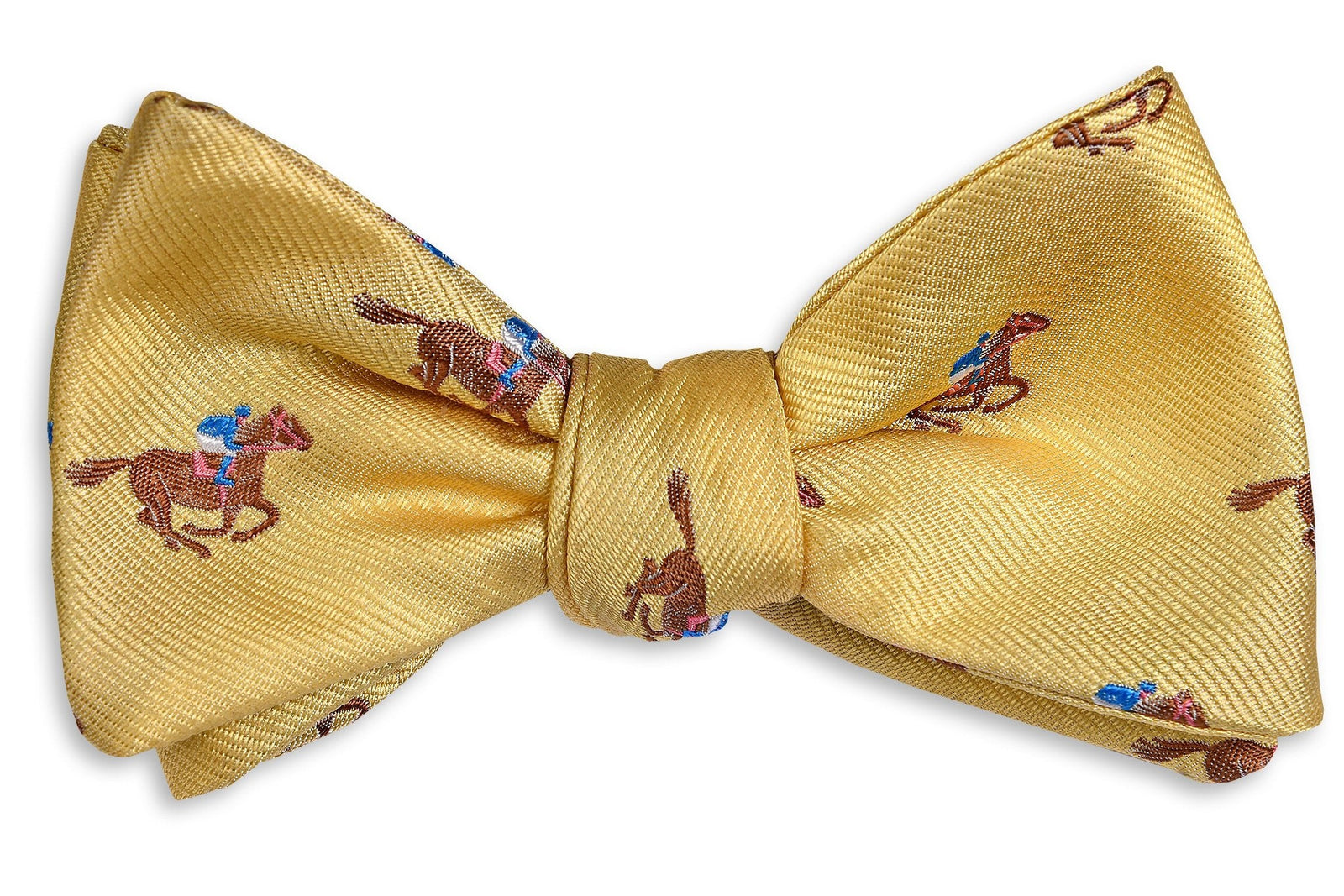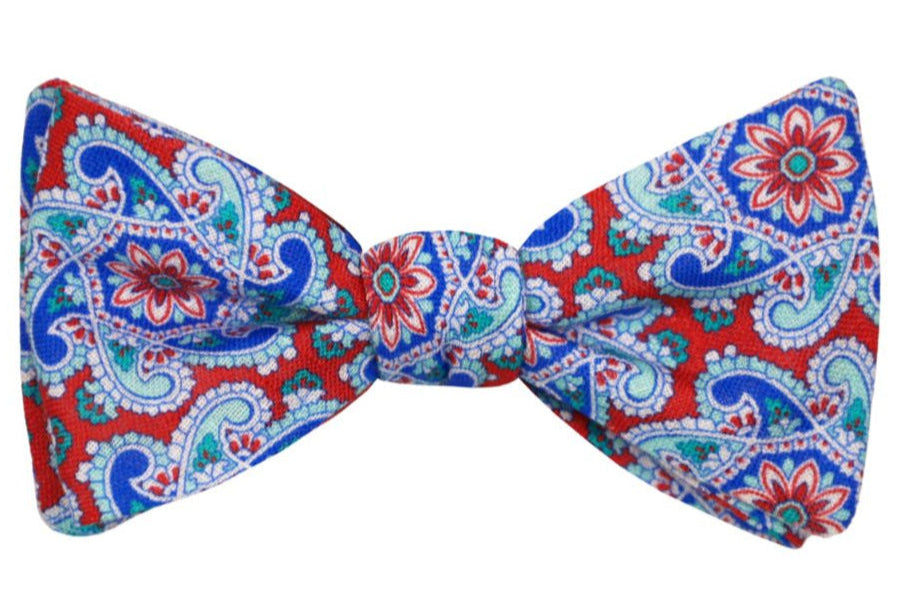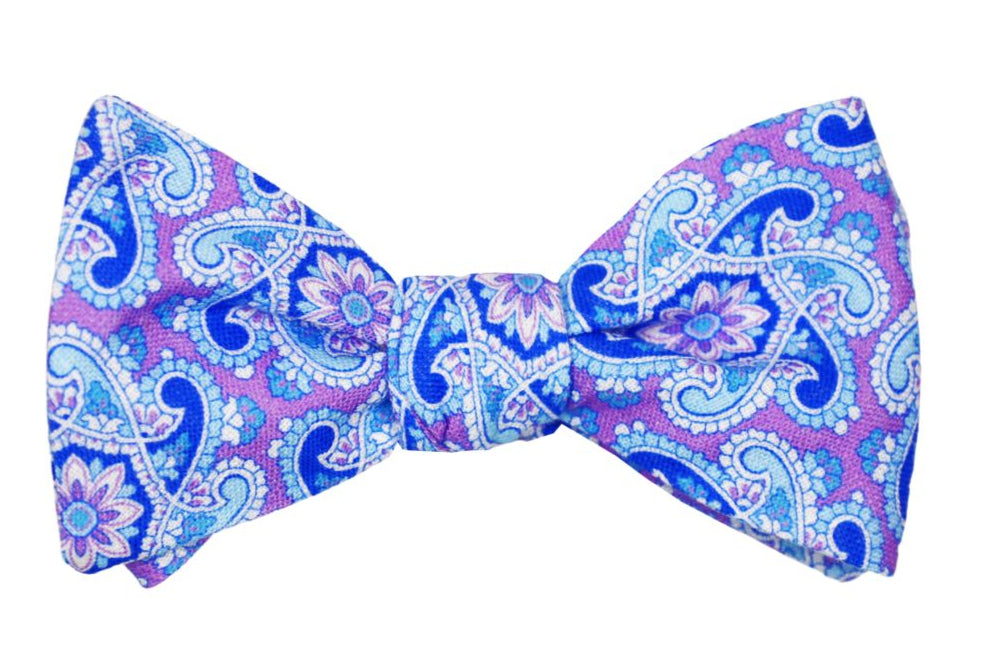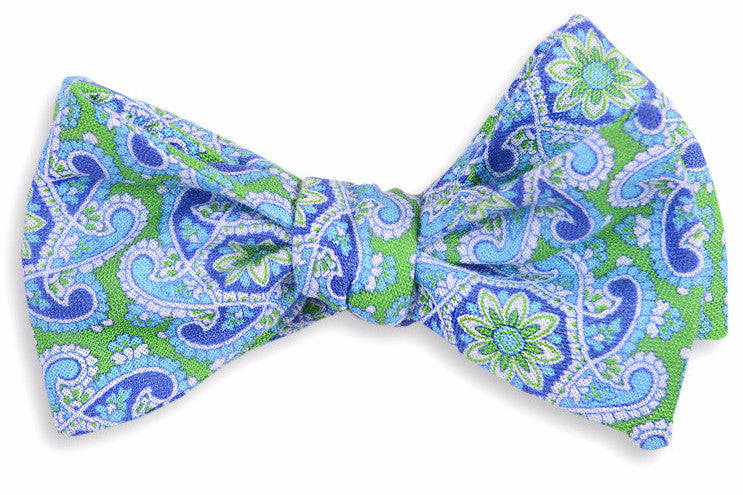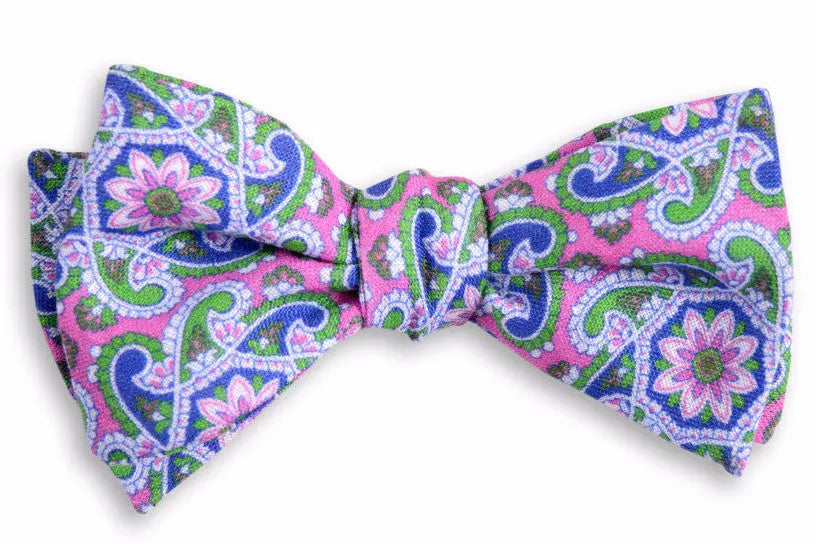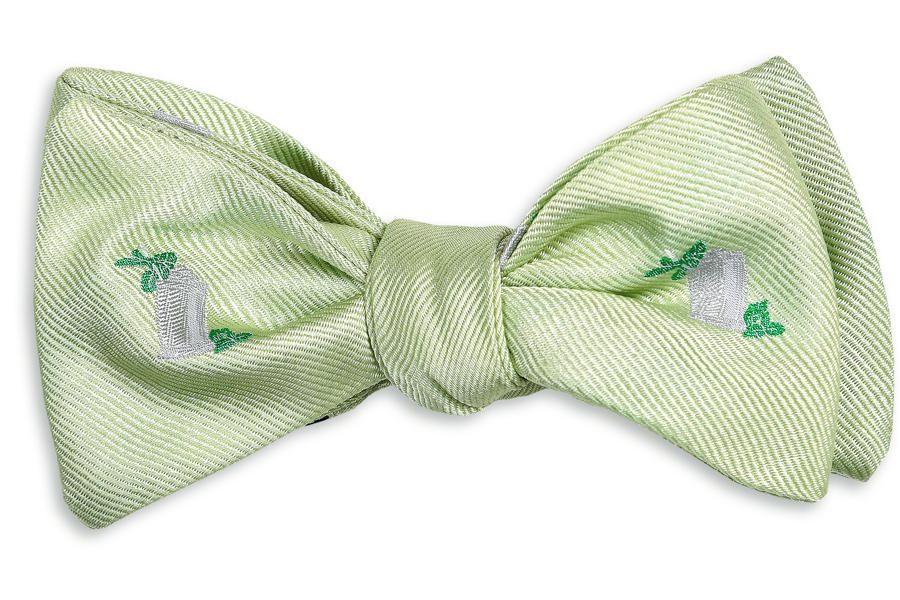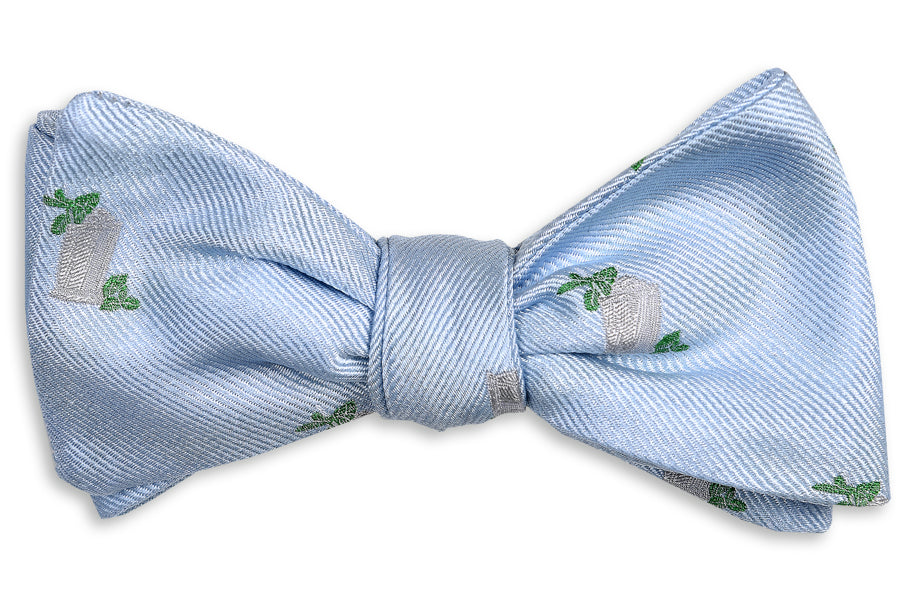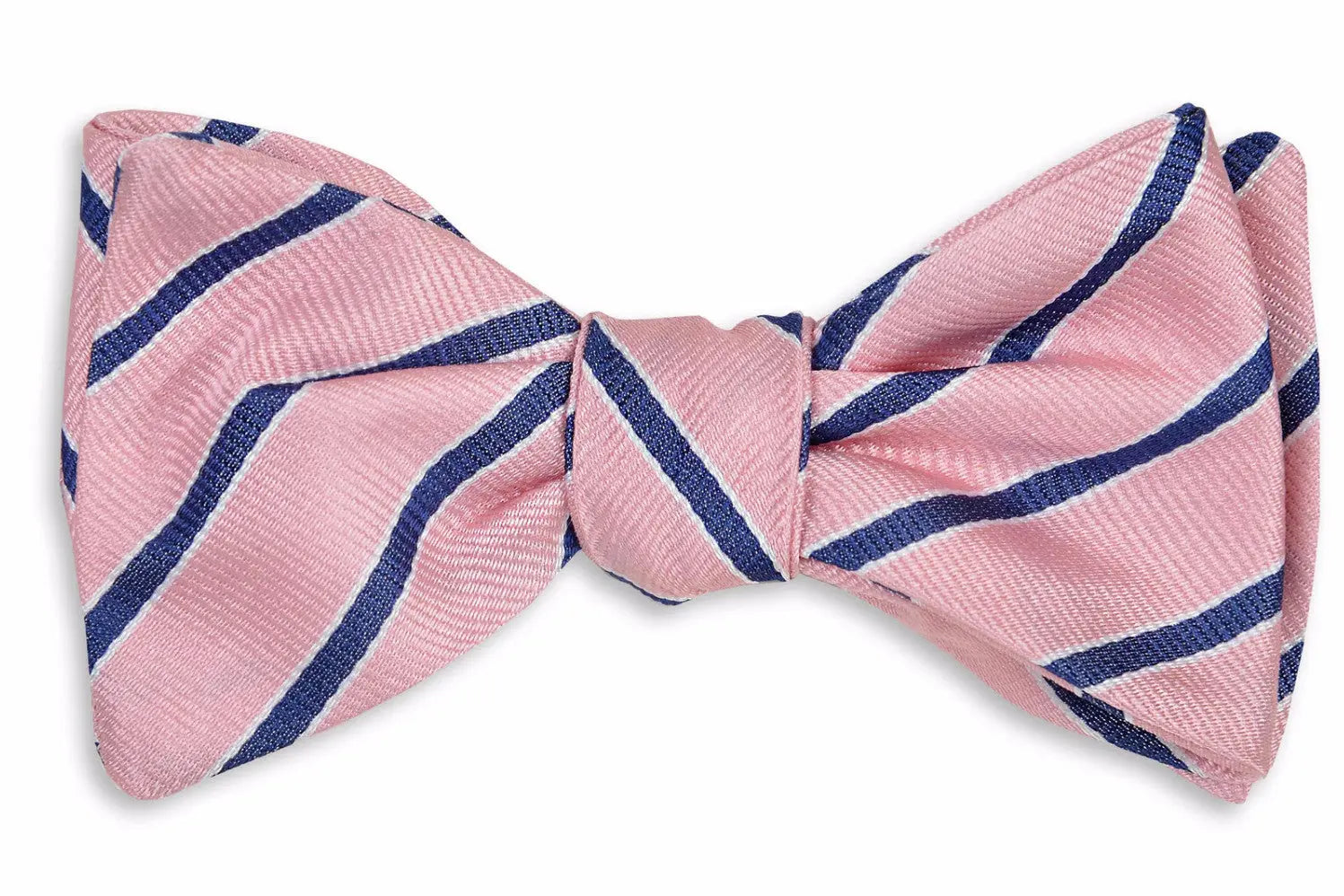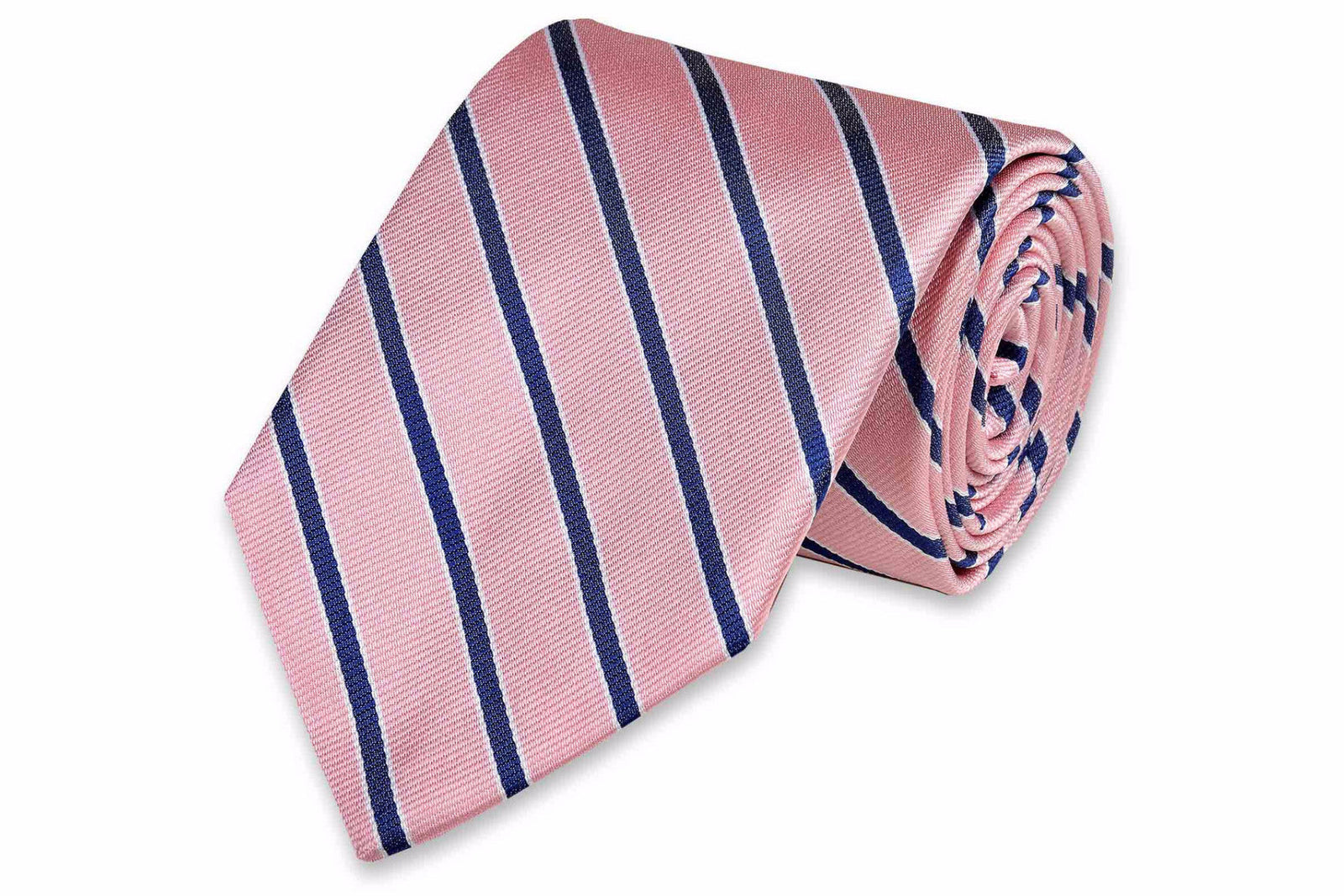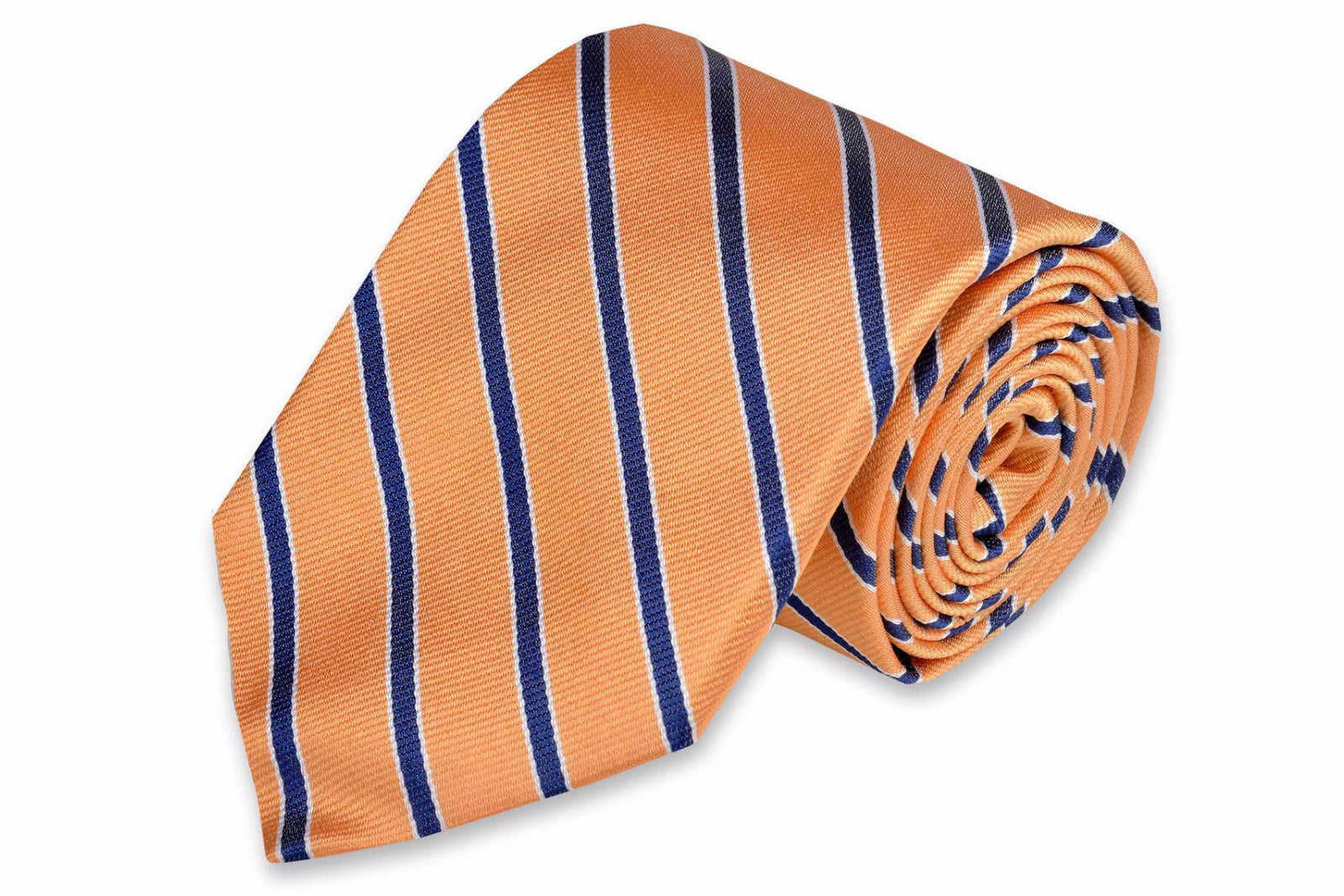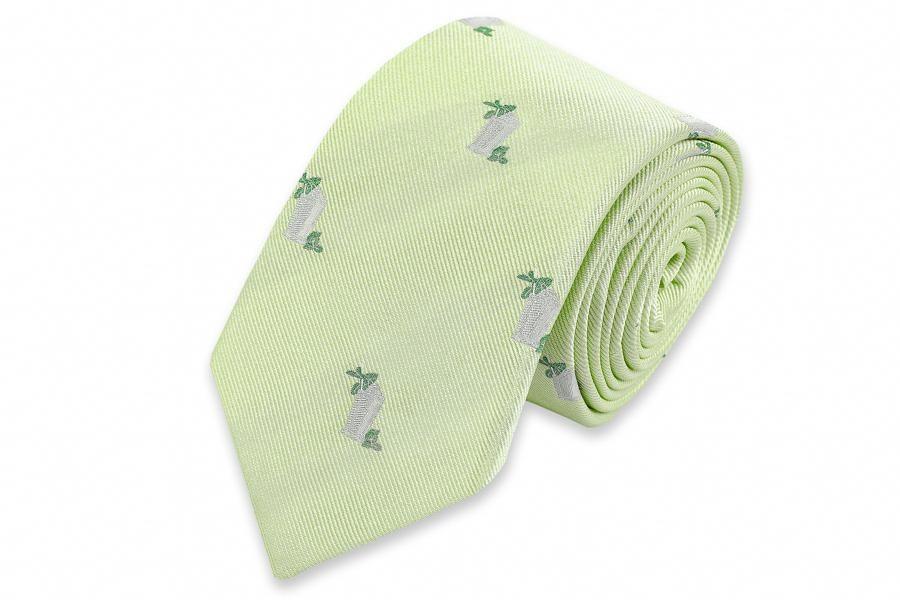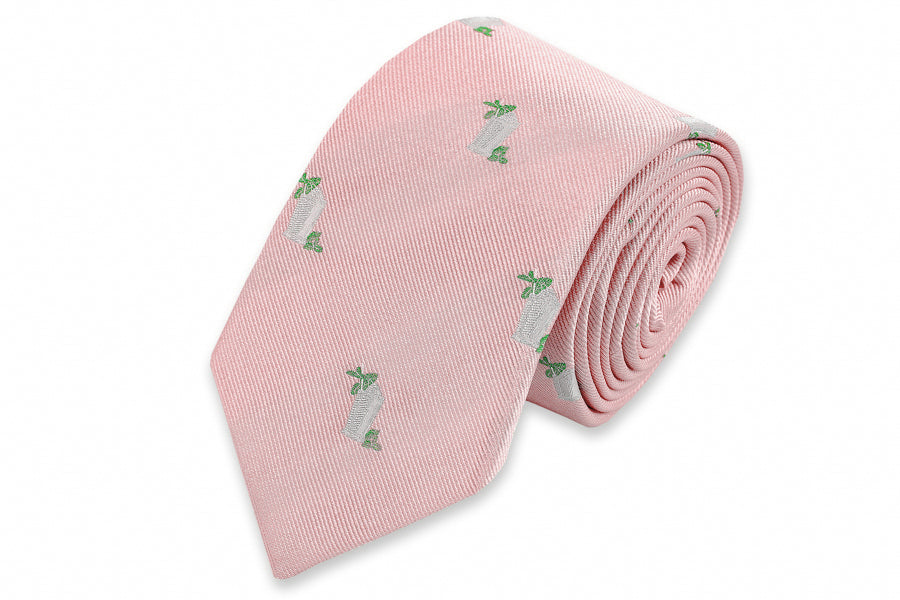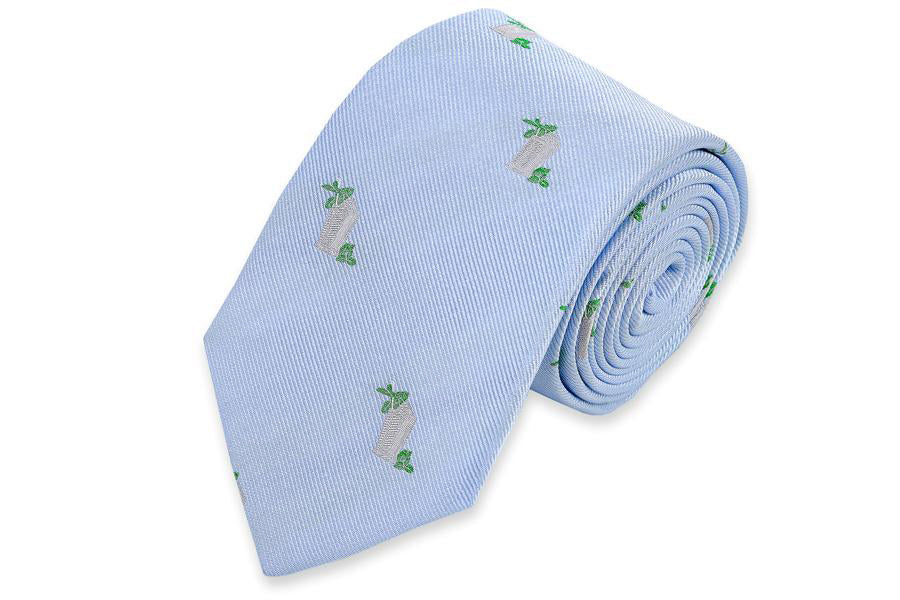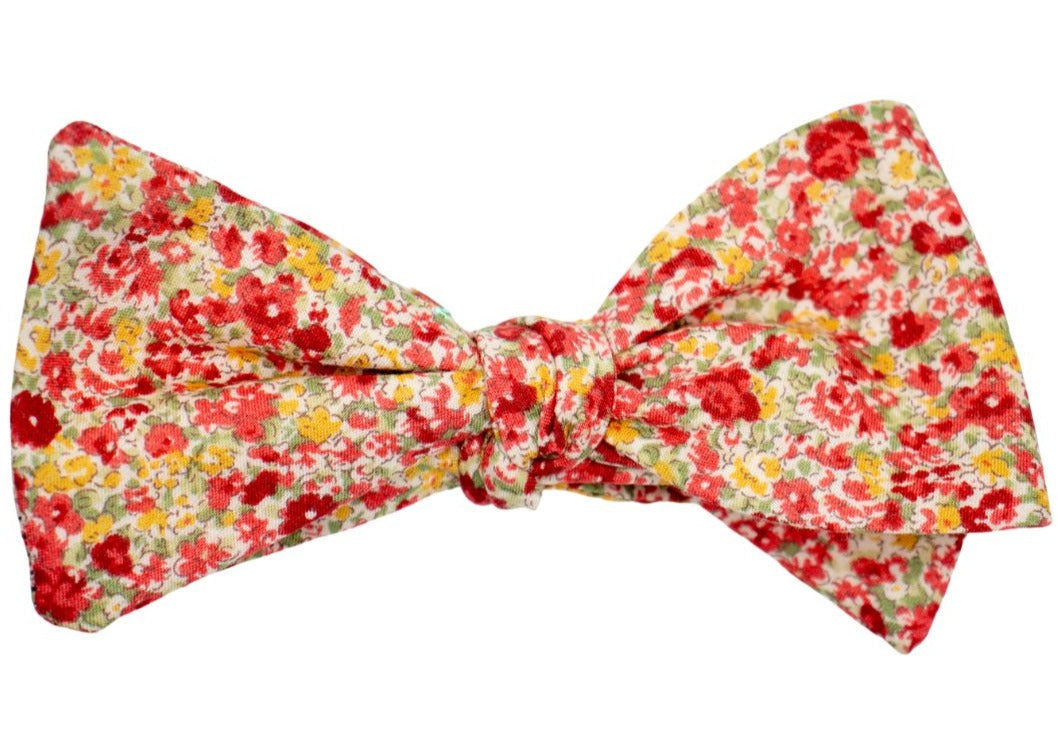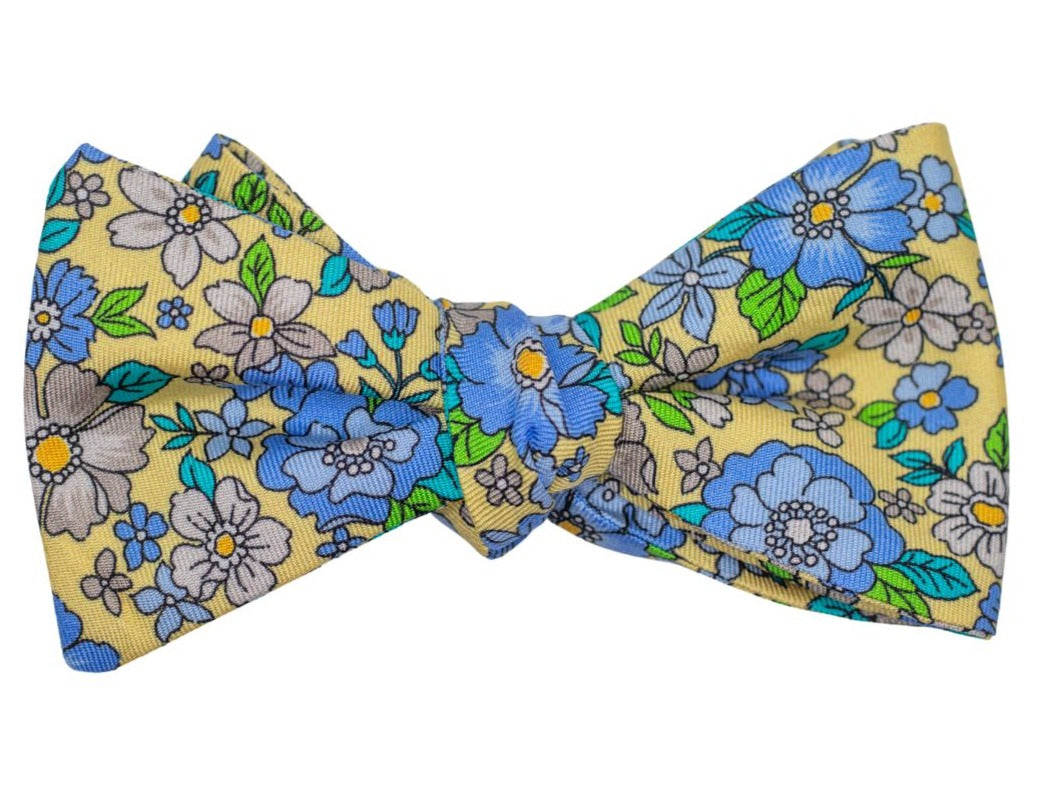Business attire is about first impressions. Why? Because a business sells products and services. For an individual to buy those products, they must have confidence in that business and its representatives.
Professional business attire has another scientific reason: "enclothed cognition," which means that clothing impacts performance. This research shows that when people dress professionally, they are more productive.
So what does this all mean for you? Well, pull up a seat and lend an ear because we're about to delve into a sublime symphony about the crossroads of fashion and business.
We will examine the differences between business formal and business professional attire to choose the right material, colors, and patterns for your ties. Along with that, I’ll be teaching you all the do's and don'ts you need to know for business-appropriate ties.
Get ready for some good old Southern wisdom, my friend!
Understanding Business Attire Categories
As there are many different dress codes, expectations, and styles, it's essential to have a thorough understanding of what's considered appropriate and professional in each setting.
Business Formal/ Boardroom Attire
This is the highest standard of professional dress and usually signals high-profile meetings, executive suites, and elegant evening gatherings. Here is an example of this look:
- A perfectly tailored, fitted dark-colored suit such as black, navy, or charcoal
- A crisp, solid-colored white or pastel dress shirt
- A conservative tie made of silk
- Suit vest for a three-piece ensemble (optional)
- Dark, polished leather shoes with a coordinating belt
Business Professional/ Corporate Attire
The business professional dress code for business gives room for a healthy dose of personality without betraying the roots of refined class. For example:
- A pinned-striped suit in a lighter shade like tan or light gray
- Dress shirts with a dash of subtle stripes or tasteful checks
- More extravagant colors and patterns without getting too outlandish
- Leather shoes with a matching belt
Business Formal vs. Business Professional Formality
In the traditional executive sector, Business Formal is the most formal professional attire and is seen mostly in the more formal industry. In contrast, the Business Professional designation is intended for a broader range of industries. It permits some flexibility while maintaining a neat and polished appearance while allowing a modest display of personal style.
Choosing a Business Professional Tie
In order to ensure that your tie sends just the right impression, you'll want to consider a few factors.
Purpose or Event
Simple patterned ties in more muted hues, like polka dot navy ties, always work for a less formal look. Taking the helm of a boardroom table might be the perfect time to break out your "power" ties in bold colors like royal blue or crimson.
Personal Style
Choosing the right tie doesn't just come down to a matter of style; it is an expression of your personality. If you're a traditionalist or prefer to follow your own path, then consider solid colors or traditional stripes. For bold and unique styles, choose modern geometric patterns or paisleys if your taste skews toward the bold.
Budget
There are a number of options for ties, from the very affordable to the very expensive. Although every gentleman loves a touch of luxury, it's important not to overdo it. If you know where to look, you can find plenty of high-quality ties that won't break the bank, and they will work just as well in most situations.
Craftsmanship
It's important to choose a well-made tie with a tight weave, a good weight and drape, and well-stitched seams. It should feel good in your hands and knot securely.
Best Materials for Business Professional Ties
Always choose a tie that not only looks good but feels good as well. Regardless of the material, a good tie will feel soft, not stiff or overly smooth. We'll stick to four main tie materials, silk, wool, cotton, and linen, in our voyage into business professional territory.
Silk
Silk, the Cadillac of tie materials, reigns supreme because of its glossy and smooth appearance. An essential material for any business professional tie, silk ties add a touch of sophistication and elegance to any outfit. They drape well and are easy to knot, providing the perfect Windsor or Half Windsor shape without a lot of effort. Furthermore, they are wrinkle-resistant and durable, ensuring a long-lasting investment.
Wool
You can't go wrong with wool ties for a rich texture, deep color, and distinctive look that other fabrics simply can't match. They provide a balanced look with heavy suits, adding a sense of depth and robustness to your business attire.
Cotton
Especially in those sweltering Southern months, a cotton tie offers a refined, matte finish that offers a flair for both style and comfort.
Linen
In the heat of summer, linen ties can come in handy. They are lightweight and breathable, and although they wrinkle easily, some find that a few wrinkles lend a relaxed elegance to otherwise formal attire.
Colors and Patterns for Business Professional Ties
In addition to complimenting your suit, ties can give insight into your mood and credibility.
Neutral Colors
When referring to neutral colors, I mean grays, navy, and black. It's safe to say these colors will never let you down in a business context. They represent authority, trust, and intelligence. With a white shirt, you'll look like a million bucks.
Power Colors
A deep red tie is quite a statement in negotiations and presentations. It gives the wearer an air of confidence, power, and command.
Stripes
You will always look professional when wearing stripes on your tie. They convey a professional, organized, and straightforward demeanor, which is exactly what is desired in business meetings.
Subdued Patterns
The subtler look can be achieved by using subdued patterns, such as small dots, paisley, or checks. Although these patterns do not carry as much authority as stripes, they add an air of sophistication and style to your attire, making you stand out from the crowd in a subtle way.
Ensure your tie compliments your outfit. Pair a patterned shirt with a solid tie, and vice versa. Avoid a clash that steals attention.
Do’s and Don'ts When Choosing a Business Professional Tie
Do: Always Consider the Width of Your Tie
To ensure a harmonious look, your tie should have the same width as your suit's lapel.
Do: Choose the Right Length of Tie
Tie length should touch the top of your belt buckle. Anything dramatically shorter or longer might become noticeable.
Do: Pay Attention to the Proportion of the Pattern and Motif
There is a sense of sophistication when patterns are subtle and well-proportioned, as opposed to oversized floral and novelty prints, which may undermine the seriousness of the event.
Don’t Let Your Tie Outshine Your Personality
For a business professional setting, avoid bold colors or overly flamboyant prints. Instead, choose ties in navy, maroon, or forest green, which are quiet but confident hues.
Don’t Match Your Tie and Shirt Exactly in Color and Pattern
It's about complementing, not mirroring—a light shirt pairs well with a darker tie, and vice versa.
Don’t Wear a Wrinkled or Stained Tie
Wearing a neat, clean tie always makes the right impression. It might seem obvious, but it deserves mention: don't wear a wrinkled or stained tie.
A silk tie with a medium width and navy hue featuring a subtle and understated pattern would make a wise choice based on these recommendations. It complements a gray or beige suit well, gives a pleasing contrast to a white or pastel shirt, and maintains a professional appearance.
Styling Tips for the Business Professional Dress Code
Pairing Your Whole Outfit
Assembling your entire outfit is a fine dance. Appearing too matchy-matchy or, conversely, appearing as if you got dressed in the dark should be avoided—to avoid such mishaps, always bear in mind two things: color and pattern. Keep the color wheel in mind because complementary colors (those opposite on the color wheel) can provide a stunning yet professional contrast.
Your tie should complement and contrast with your suit, like a rich burgundy tie with a light blue shirt and charcoal suit.
Don’t Mix Too Many Patterns
When mixing patterns, vary the scale for a balanced look, such as pairing a fine-striped shirt with a tie featuring a wider pattern or balancing a bold suit pattern with a more refined tie pattern.
Additionally, mixing patterns of different scales can prevent visual chaos.
Tie Knots
While symmetrical and less bulky, the Half-Windsor might not work for all occasions. The Four-In-Hand works best with narrow-spread collars, while the Full Windsor is better suited for wider-spread collars.
Tie Care and Maintenance
Always untie your tie at the end of the day to prevent permanent creases. If wrinkled, iron on the reverse side with a damp cloth on low heat. Immediately address stains by dabbing with a suitable fabric cleaner; avoid rubbing.
Keeping ties in a cool, dry place is vital for their longevity. Rolling or hanging them separately on a tie rack will keep them in good shape.
Lastly, Some Inspiration
Enhancing your collection of ties can unveil a myriad of possibilities for your wardrobe. It's not a complex science; rather, it's an art. With a discerning eye, a well-balanced taste, and a grasp of these principles, you can truly transform into an artist, showcasing yourself in the most flattering way.







